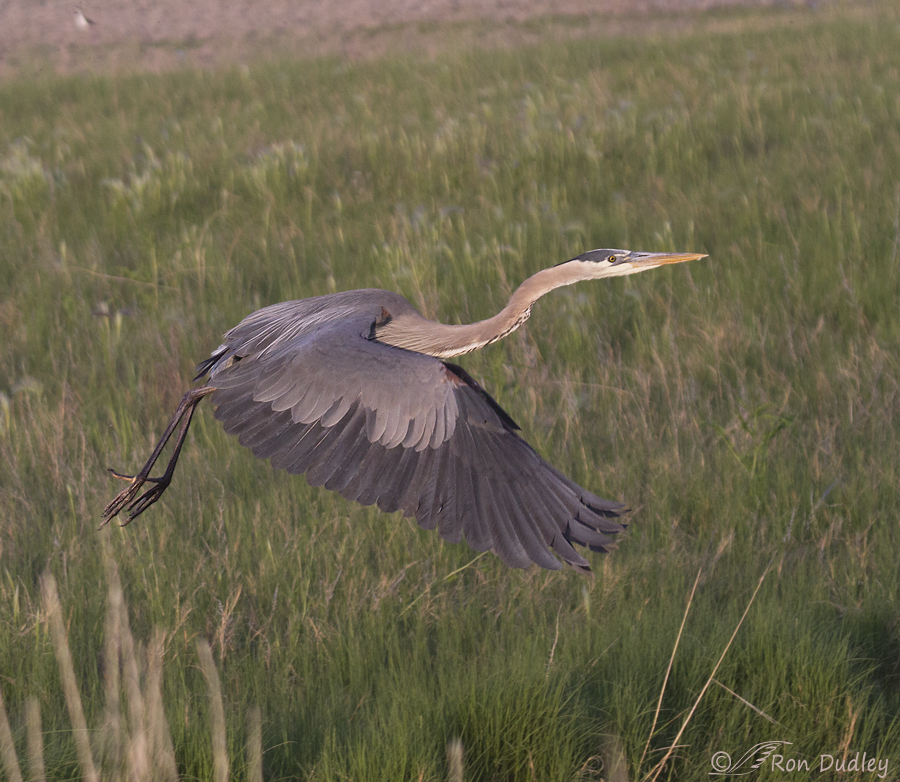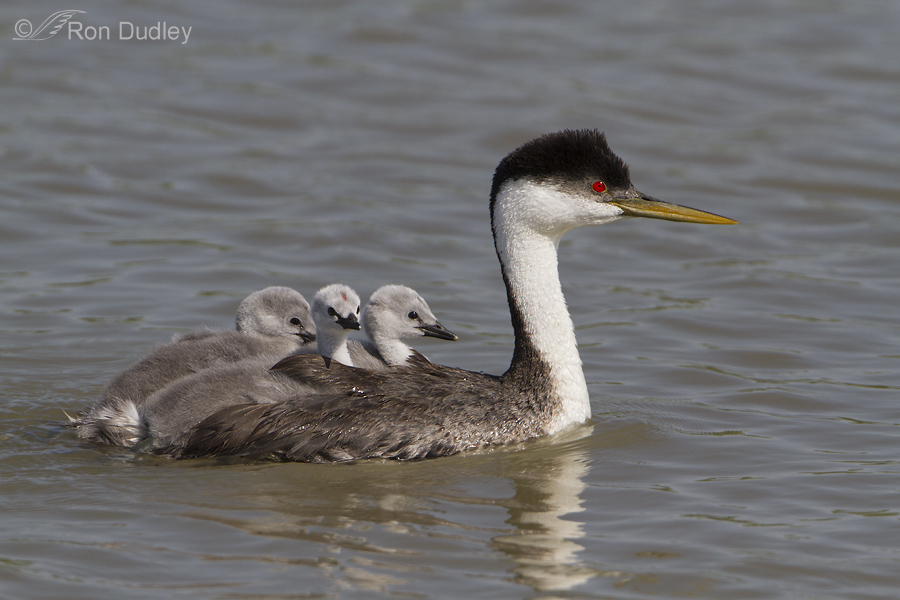Tag: bear river migratory bird refuge
Extremes In Fish Size White Pelicans Will Attempt To Eat
This Is Why They’re Called “Stilts”
Bird Banding – A Necessary Evil?

For the first six years of my bird photography “career” I rarely encountered banded birds but in the last two years or so I encounter them regularly, some species more than others. Usually when I see a bird with bands or transmitters strapped to their backs I don’t even click the shutter except for documentation purposes.
Western And Clark’s Grebes – A Comparison

Western Grebes and Clark’s Grebes are so similar in plumage patterns and behaviors that until 1985 they were considered to be color phases of the same species – the Western Grebe. In fact they’re similar enough that many observers never even recognize Clark’s Grebes when they see them and assume that they’re the more common Western Grebe.
Great Blue Heron In Flight (and working on prejudices…)
Western Kingbird With A Serious Eye Problem
Ratchet pointing, Dip-shaking Western Grebes

Two behaviors indicative of pair bonds between mated pairs of Western (or Clark’s) Grebes are “Ratchet pointing” and “Dip-shaking”. The behaviors are often alternated, one after the other. I photographed both of them as they were performed by a pair of Western Grebes three days ago at Bear River Migratory Bird Refuge.
Pelicans And A Fish Too Big To Swallow – Part 1
Singing Male Marsh Wren
Avocet Mating Rituals
Cormorant On Golden Pond
Cliff Swallow In Flight
Western Grebe Back-brooded Chicks (and what’s the function of that red crown patch?)
My Love-Hate Relationship With Phragmites

I have a complicated relationship with Phragmites. Though some strains are native to North America, much more vigorous invasive varieties from Eurasia haven taken over many of our wetlands and proven to be extremely difficult to control. Dense “reed stands” of Phragmites with their dramatic seed plumes waving in the breeze can be strikingly beautiful but they’re a huge problem in our wetlands.












